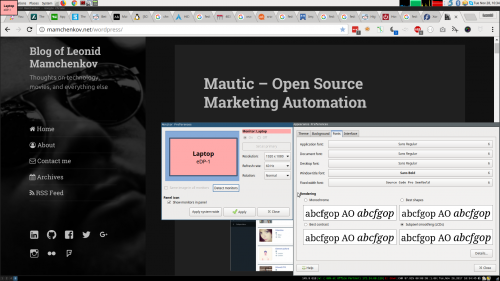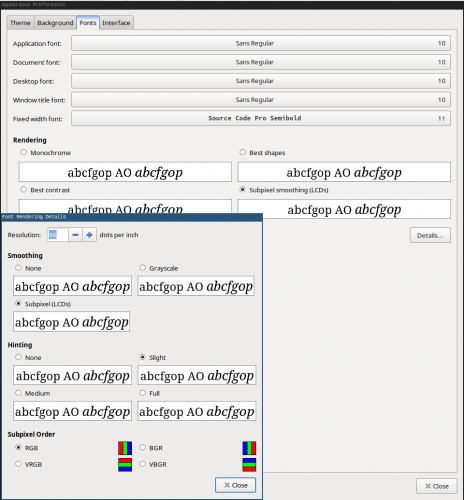“PHP-FPM tuning: Using ‘pm static’ for Max Performance” looks at different process management settings in PHP-FPM: static, dynamic, and ondemand, and the way they affect performance. The default – ondemand – might work well for you if you have a large server with plenty of resources and not so many actual visitors. Running on a smaller instance, or expecting high spikes of traffic might require you to look into your PHP-FPM configuration and adjust it. The article is just what the doctor ordered.
Personally, I prefer having a dedicated instance for the web server, but that instance being as small as possible. With that, figuring out the correct settings for static process management is easier. It also minimizes all those nasty cases of running out of memory, swapping, and having an excessive CPU utilization. Which is especially useful when running on Amazon AWS instances.


